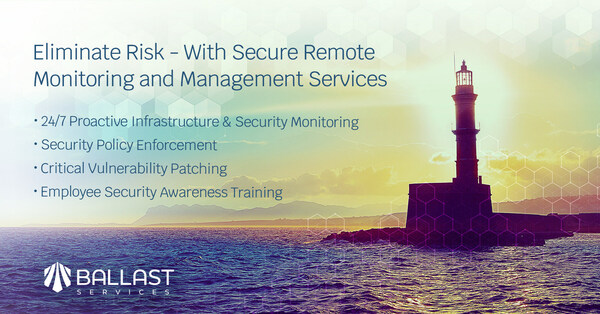Server Patch Management Best Practices

Businesses are increasingly dependent on technology to enable their operations, and the security of their digital assets has become a constant pressing concern. In addition to implementing proactive measures to secure their infrastructure, such as firewalls and intrusion detection systems, companies should prioritize server patch management as a key component of their vulnerability management practice. Patch management is time-consuming and can be challenging to perform consistently without best practices processes, automation, and expert technical team members who manage the vulnerability management lifecycle.
Why Is Server Patch Management important?
Patching servers refers to the process of applying updates to operating systems, applications, and other software installed on servers. Patch management is required for servers that are on-premises, hosted, or in a public cloud environment. These updates often contain critical security fixes, bug fixes, and often performance enhancements.
Regular patching is vital for several reasons, including:- Security: One of the most important reasons to patch servers is to address security vulnerabilities. Cybercriminals are always looking for ways to exploit weaknesses in software, and unpatched servers can leave businesses open to attack. By applying patches regularly, companies can reduce their attack surface and minimize the risk of a successful cyberattack.
- Stability: Patches often include bug fixes that can improve the stability of servers. By keeping servers up to date, businesses can reduce the likelihood of crashes, downtime, and other issues that can disrupt operations.
- Compliance: Many industries have regulatory requirements that mandate regular software updates. Failing to patch servers could put a business at risk of non-compliance, which could result in penalties, fines, or other consequences.
Best Practices for Server Patch management
To effectively patch servers, companies should follow best practices such as:- Establishing a patch management policy: This policy should outline the steps for patching servers, the schedule for applying patches, and the roles and responsibilities of team members involved in the process.
- Using a scheduled maintenance window: To minimize disruptions to operations, companies should schedule a regular maintenance window during which patches can be applied.
- Prioritizing critical patches: When a critical security patch is released, companies should prioritize applying it as soon as possible, regardless of the maintenance window schedule.
- Testing patches before deployment: Before applying patches to production servers, businesses should test them on non-critical systems to ensure they don't cause any issues.
- Maintaining an accurate asset inventory: To ensure that all servers are patched regularly, businesses should maintain an inventory of all servers and software installed on them.
How Ballast Services Can Help
At Ballast Services, we understand that patching servers can be a complex and time-consuming process. Our team of experts will work with you to establish a patch management policy, prioritize critical patches, plan patch management cycles, implement patches, test patches, and maintain an inventory of servers and software. With our help, you can reduce your risk of cyberattacks, improve the stability of your systems, and maintain compliance with industry regulations.
Regular patching will help businesses reduce attack surfaces, improve server stability, and maintain compliance. Without proper patch management, your business systems are at risk. By following best practices and partnering with a trusted partner like Ballast Services, companies can ensure that their systems are up-to-date and secure.
Modernize, Optimize, Stabilize, and Secure your organization today. Contact us at 813-568-9011, visit our website at https://ballastservices.com, or click on Get In Touch to speak with us today.



